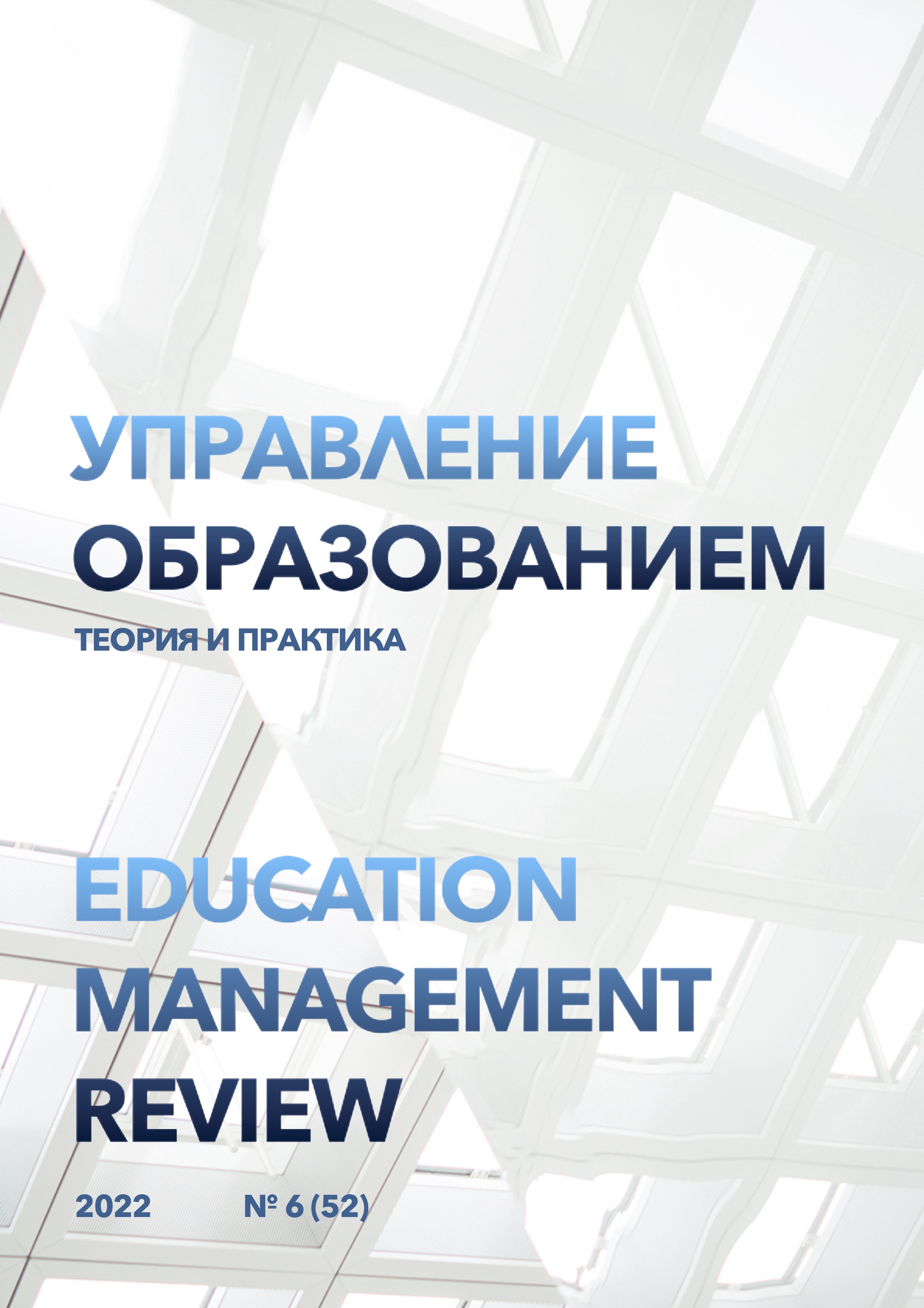Modern forms of lectures at the medical University
DOI:
https://doi.org/10.25726/e4080-5687-5225-fKeywords:
medical university, university, first year, educationAbstract
The coronavirus disease pandemic (COVID-19) accelerated the movement towards telemedicine and provided opportunities for medical schools to prepare students to participate in online education and to form competencies for this transition. The use of an interactive online conference with patients or colleagues during practical classes significantly improves the quality of training (the average score, absolute and qualitative academic performance is significantly higher for students who are engaged in using visualization of on-line consultations of patients). The students answered questions on the evaluation of the proposed form of distance education, which, in their opinion, improves the assimilation of the material and increases motivation to study the educational material due to the "materialization" of theoretical knowledge. Taking into account our experience and the results of the conducted research, we consider the use of interactive online consultations of patients to be promising in the conditions of distance learning, since this significantly increases the level of assimilation of the material and motivation of students, and is also an effective means of practicing practical skills in the diagnosis and therapy of infectious diseases in children and adults.
References
Амиров Р.А. Дистанционное обучение в структуре современного образования // Экономика и предпринимательство. 2015. № 12-2. С. 606-608.
Демидова Т.Е., Тонких А.П. Реализация проблемного обучения в вузе // Начальная школа плюс До и После. 2004. № 4. С. 6-12.
Еремицкая И.А., Ахунжанова Н.А. Внедрение онлайн-курсов в образовательный процесс вуза: проблемы и возможности // Мир науки, культуры, образования. 2021. № 2 (87). С. 198-200.
Иршин А.В., Есарева Е.Н. Выявление проблем в обучении с применением дистанционных образовательных технологий (ДОТ) взрослых студентов // Мир науки, культуры, образования. 2021. № 2 (87). С. 138-140.
Клоктунова Н.А., Князев Е.Б., Кудашева З.Э., Барсукова М.И., Федюков С.В. Особенности субъективной оценки удовлетворенности качеством образования в зависимости от степен выраженности мотивов обучения // Высшее образование сегодня. 2021. № 10. С. 55-63.
Клоктунова Н.А., Федюков С.В., Слесарев С.В., Панченко Е.И. Роль электронных и информационных ресурсов в образовательном пространстве вуза //Педагогическая информатика. 2021. № 1. С. 70-74.
Леванов В.М., Перевезенцев Е.А., Гаврилова А.Н. Дистанционное образование в медицинском вузе в период пандемии COVID-19: первый опыт глазами студентов // Журнал телемедицины и электронного здравоохранения. 2020. № 2: С. 9.
Неустроева М.П. Концепция создания системы дистанционного обучения в высшем учебном заведении. http://www.kursobr.ru/images/dk/dok/konzept1.pdf
Об образовании в Российской Федерации. Федеральный закон от 29.12.2012 № 27Э-ФЗ (в редакции от 08.06.2020). ГАРАНТ. https://base.garant.ru/70291362/
Совранская К.С., Красноплахтова Л.И. Технологии дистанционного образования // Вопросы образования и науки. 2018. № 7 (19). С. 194-195.
Соловкина И.В., Темербекова А.А. Особенности проверки контроля знаний студентов через систему управления обучением Moodle // Мир науки, культуры, образования. 2021. № 2 (87). С. 326-329.




